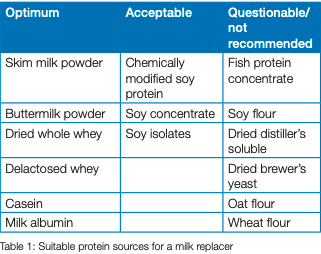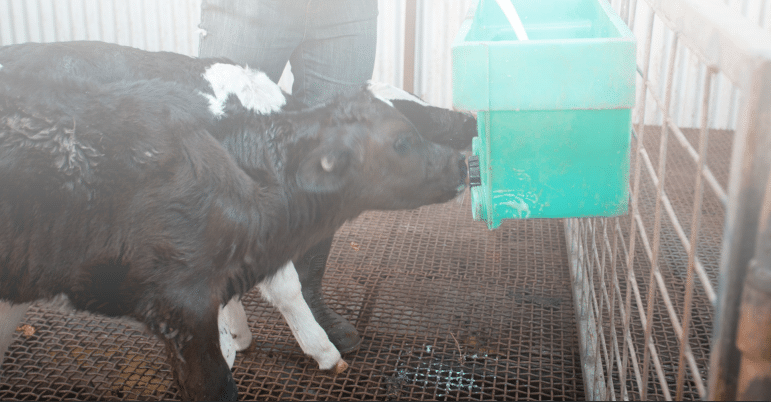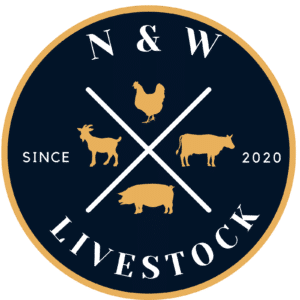
Modern milk replacers can be used to successfully rear healthy calves. Before deciding to use a milk replacer you should weigh up the advantages and disadvantages for your calf rearing system. Ease of handling with automated calf feeding systems, high milk prices and minimal waste milk are reasons why they are favoured on some farms. Only high quality reputable products should be used otherwise health problems and poor growth rates may result.
Composition of milk replacers
Clot-forming or non clot-forming
Traditional milk replacers are made from downgraded skim milk powders, and are digested like whole milk, forming a clot in the abomasum. Early products varied in quality – mostly due to the processing of casein – and sometimes caused scouring. The majority of milk replacers sold in Australia still contain significant percentages of skim milk powder. Whey proteins are digested in the small intestine and do not form a clot in the abomasum. The increasing value of casein and improvements in filtration and purification methods have seen whey based milk replacers that can produce average daily weight gains and performance
comparable to casein based products. Modern whey based milk replacers lead the market in the US and Europe and are gaining share in New Zealand.
Protein
A newborn calf is better able to digest milk protein than plant protein sources. Milk proteins are the best sources for growth and development of calves and should provide most of the protein in a milk replacer. With increasing age, calves develop better capacity to digest other proteins and so milk proteins become less important. Other protein sources have been used in milk replacers with varying success (see Figure 1).
Soy protein is the most commonly used alternative to milk protein in milk replacers. Processing of soy protein is required to make it more digestible and remove factors which may inhibit calf growth. Wheat based proteins may also support adequate calf growth rates and may mix better than soy proteins.


Contact Dairy Australia
T +61 3 9694 3777 F +61 3 9694 3888
E kdavis@dairyaustralia.com.au
www.dairyaustralia.com.au



